Precambrian Geology of the Himalaya: Structure and Metamorphism
Evidence of Precambrian deformation (and associated regional metamorphism) is better preserved in the Lesser Himalayan zone where the Tertiary Himalayan events left much less modifying effects compared to the Central Himalayan Crystallines. The striking absence of Tertiary igneous activity in the Lesser Himalayan zone perhaps indicates that belt (now commonly occurring as disconnected “klippe” bodies over the Lesser Himalayan metapelite-quartzite-carbonate sequences ) was placed beyond the theatre of Tertiary activities (i.e. the root zone or the Central Himalayan zone).
Presence of regional Precambrian NNE-SSW F1 folds (occasionally described) are not taken into consideration by workers while projecting a Precambrian stratigraphy; that is why geological sections are drawn perpendicular to the Tertiary orographic trend and Precambrian folded sequences look like disconnected sheets in such sections.
To provide a coherent picture of Precambrian deformation and metamorphism in the entire-Himalayan belt from Pakistan in the west to Arunachal Pradesh (India) in the east, the author has described geological sections across the Precambrian sequences in Pakistan Himalaya (Kistwar window section), Simla Himalaya (Simla-Chor-Rampur-Kalpa section), Garhwal Himalaya (Bhagirathi and Alaknanda-Dhauli valleys), Nepal Himalaya (Annapurna sector- Kali Gandaki and Modi khola sections, Marsyandi-Dorandi-Buhri Gandaki-Manaslu sector, Trisuli-Langtang section, Kathmandu-Sheopuri-Gosainkund section; Eastern Nepal- Everest-Makalu section and terrain covering Okhaldunga, Arun and Tamur windows), Darjeeling-Sikkim Himalaya, and Bhutan and Arunachal Himalaya.
This volume is intended especially for young workers who may find it Useful for basic geological Information on structural and metamorphic aspects of the Precambrian Himalayan terrain.
Get it now and save 10%
BECOME A MEMBER

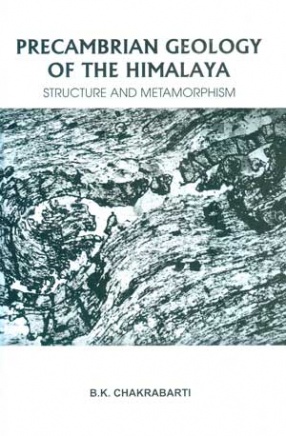
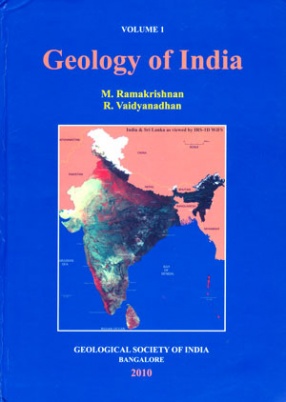
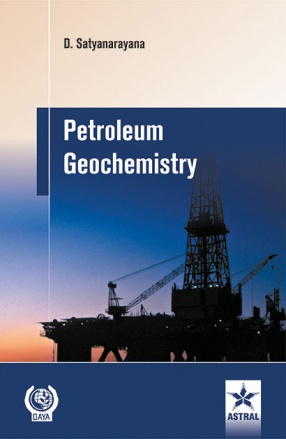
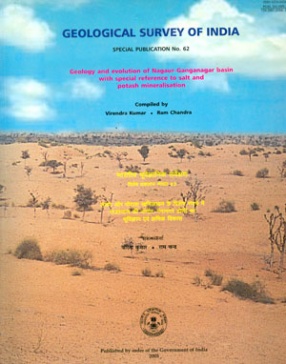
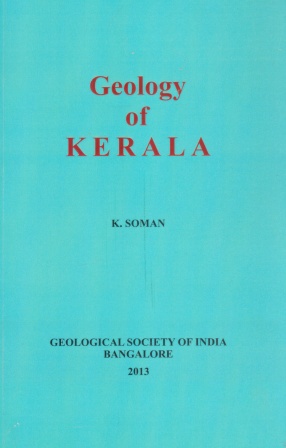

Bibliographic information
Tags